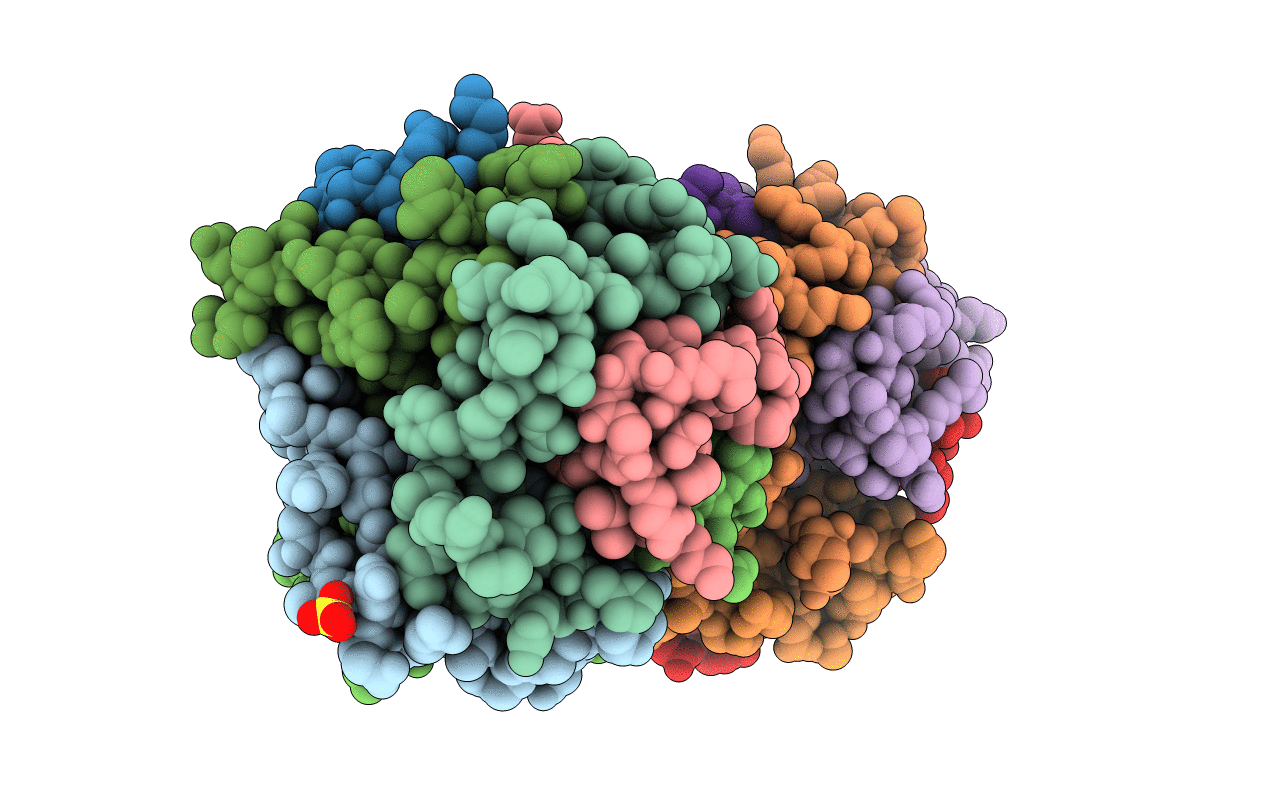
Deposition Date
2008-09-17
Release Date
2008-12-02
Last Version Date
2023-08-30
Entry Detail
PDB ID:
3EJ7
Keywords:
Title:
Structural and mechanistic analysis of trans-3-chloroacrylic acid dehalogenase activity
Biological Source:
Source Organism:
Pseudomonas pavonaceae (Taxon ID: 47881)
Host Organism:
Method Details:
Experimental Method:
Resolution:
1.90 Å
R-Value Free:
0.26
R-Value Work:
0.20
R-Value Observed:
0.20
Space Group:
P 21 21 21


